The Cassegrain Telescope is a type of astronomical telescope design that includes one or more mirror reflectors to collect and focus light, forming an enlarged image. This design is versatile and can achieve various optical performances through different combinations.
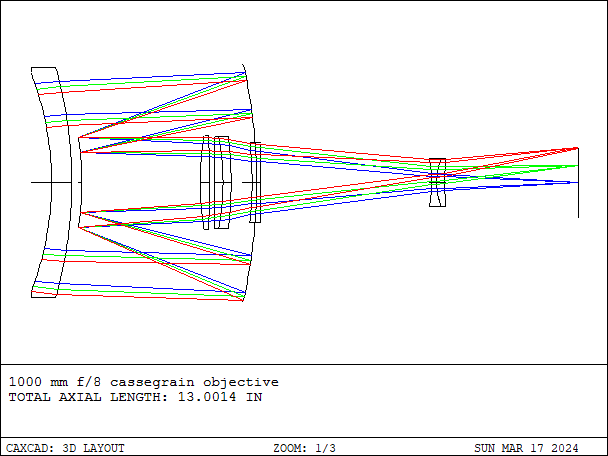
The Cassegrain telescope typically consists of several main components:
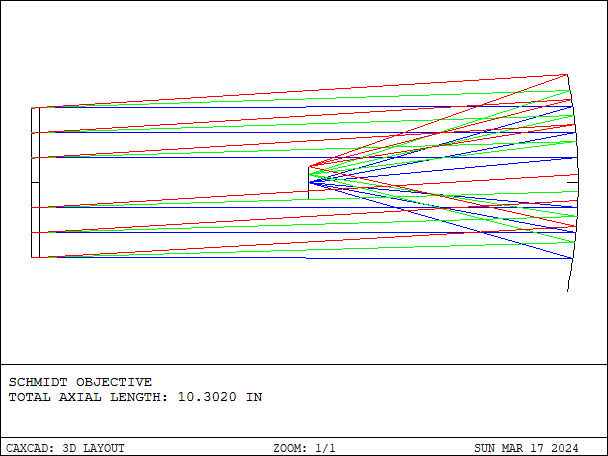
1. Primary Mirror (Reflector): Located at the bottom of the telescope, it is a curved reflecting mirror responsible for collecting light and focusing it onto the focal point in the center of the telescope.
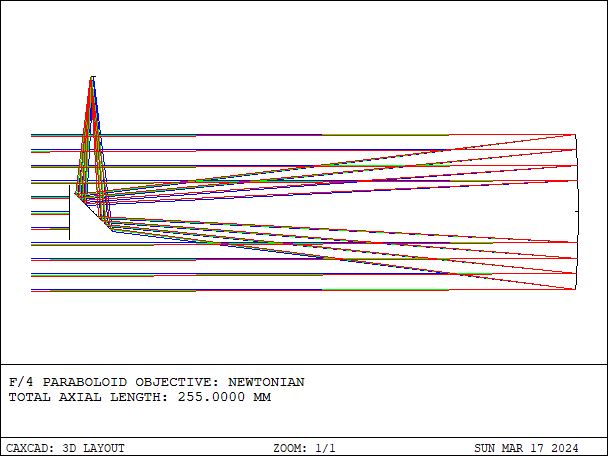
2. Secondary Mirror (Folding Mirror): Positioned at the focal point, usually a flat or slightly curved mirror, it reflects the light focused from the primary mirror towards the side.
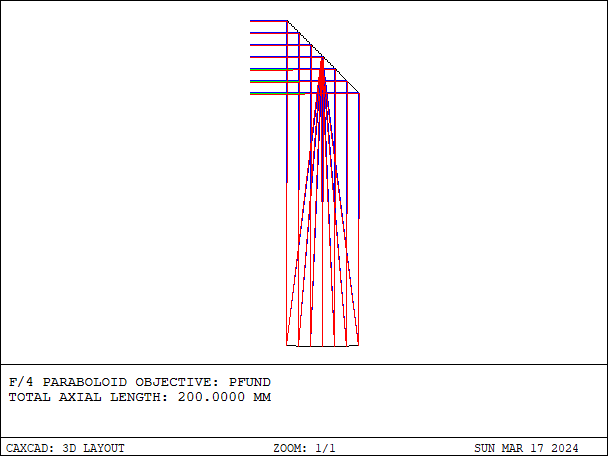
3. Eyepiece: Positioned at the end of the light path reflected by the folding mirror, it is used to observe the focused image.
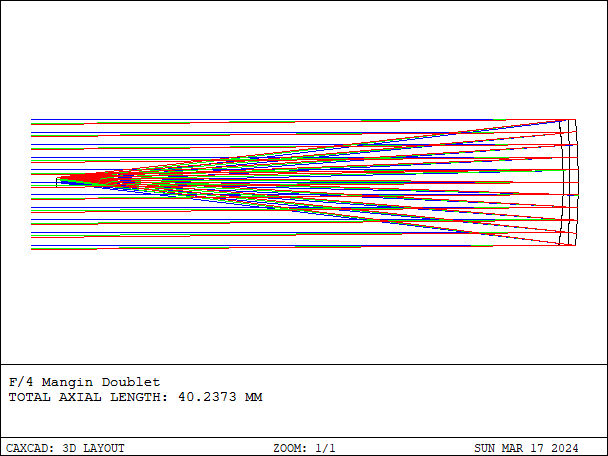
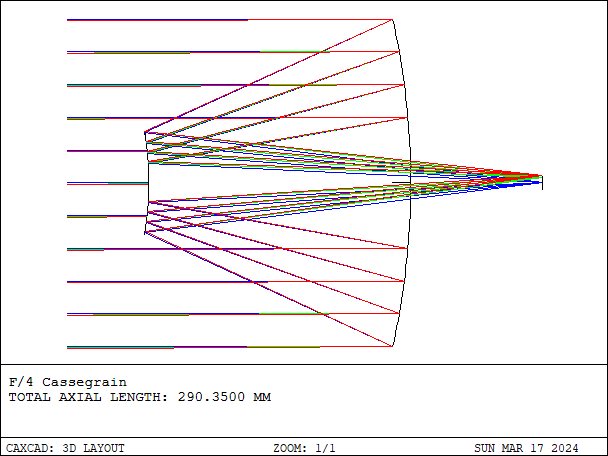
One of the advantages of Cassegrain telescopes is their use of mirror reflection instead of lens refraction, which helps avoid chromatic aberration issues introduced by lenses. Additionally, they typically have larger apertures, allowing them to collect more light and produce brighter, clearer images. However, their design may introduce other optical distortions such as aberrations and deviations, which can usually be addressed through proper design and calibration.
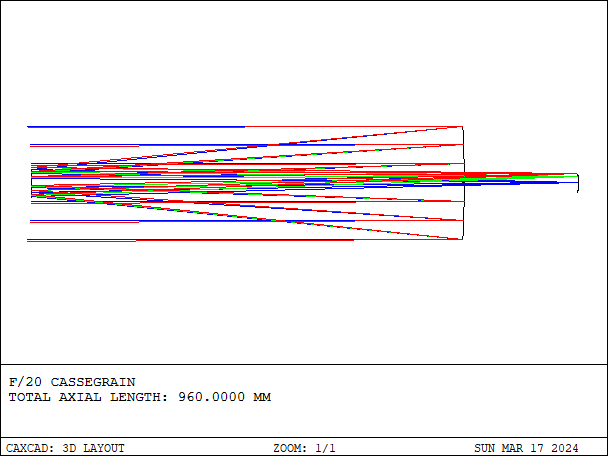
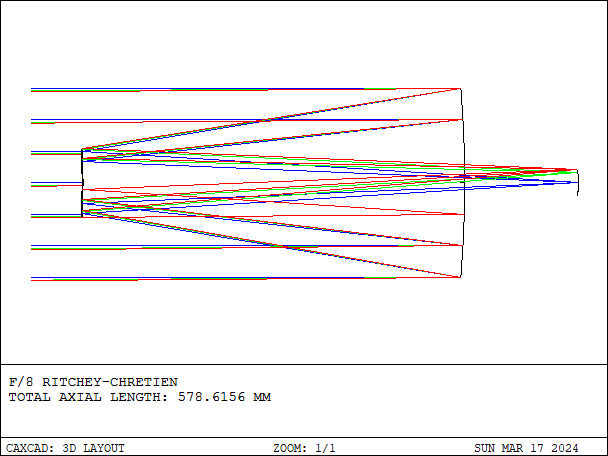
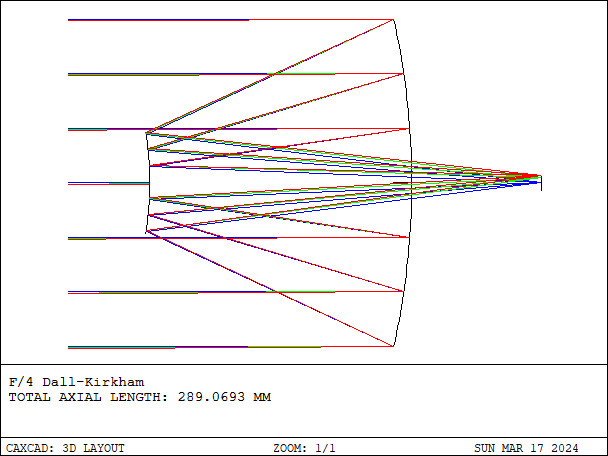
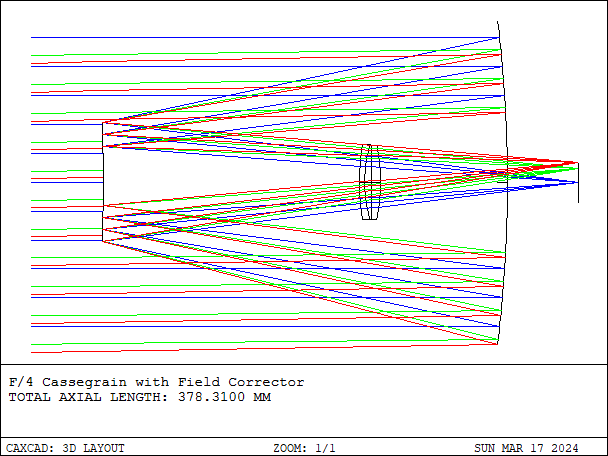
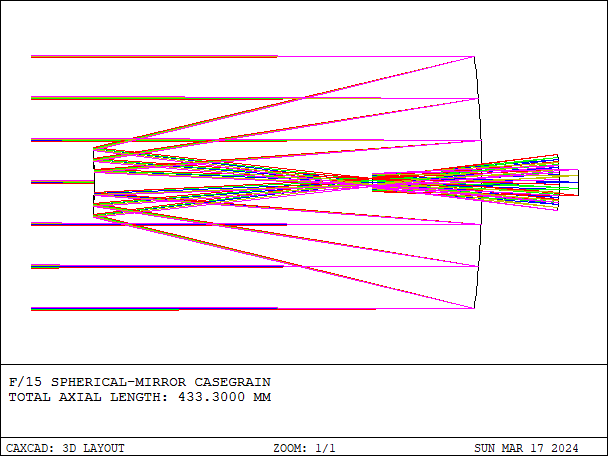
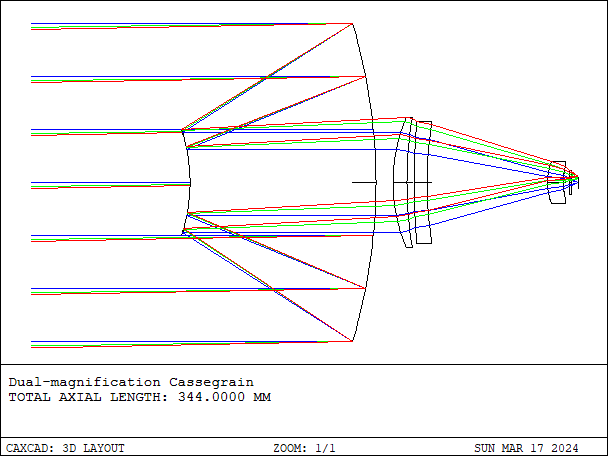
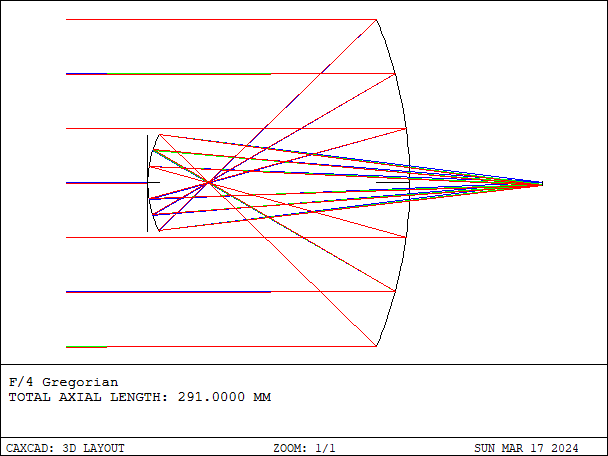
Cassegrain telescopes find wide application in astronomy, including celestial observation and research. Famous astronomical telescopes such as the Herschelian Telescope and the Cassegrain Telescope exemplify the Cassegrain design.

